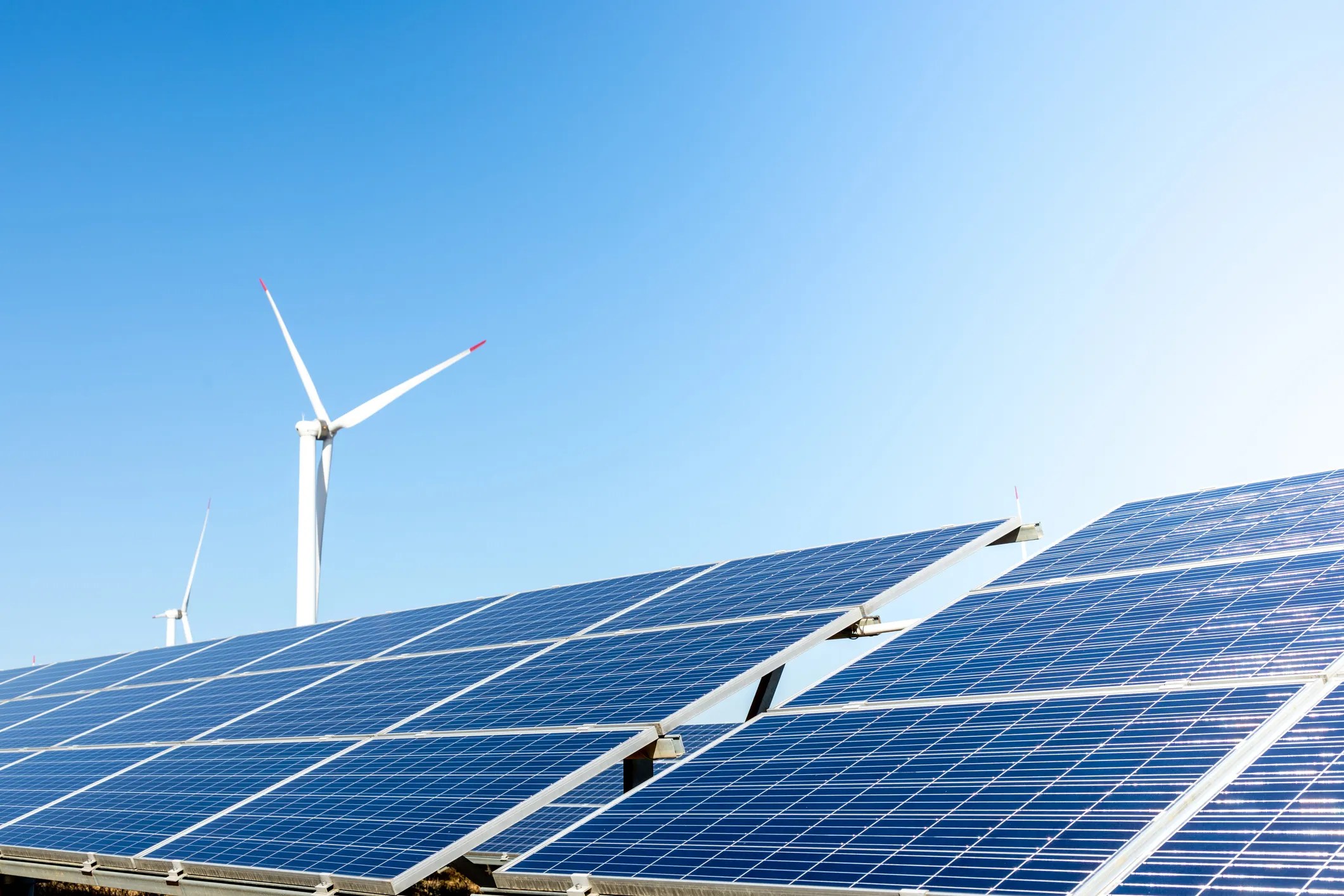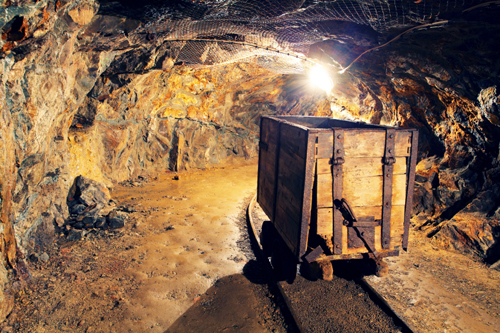Growing Employment of Solar and Wind Industries

More people in the United States are employed by the solar industry than the coal industry. By the end of 2014, solar energy employment reached 173,807 workers, representing a growth rate of 21.8% from the previous year. The trend of job growth of solar in the country is characteristic of other renewable sources of energy as well, with the wind industry adding 23,000 jobs in 2014, bringing their total to 73,000. The coal industry, on the other hand, employs 73,830 workers for mining, which, even when combined with the tens of thousands of people who transport coal and operate coal-burning power plants, can hardly compare with the number of individuals who worked for procurement and use of this resource one-hundred years ago.
State of Solar and Wind
Over 22,700 megawatts of cumulative solar capacity have been installed in the United States, an amount that increases every day. In fact, solar has been far from sloppy, and is breaking its own records almost every year. From this rapid growth, it is completely understandable that more people are being hired, ranging in occupations from developers to manufacturers and installers. Solar energy standards provide guidelines that are beneficial to all workers in the spectrum of the solar industry. For example, ISO 50001:2018 – Energy management systems – Requirements with guidance for use is applicable for solar developers who plan to guide the installation of a solar array on a site, while something like ASTM D3832-79(2022) – Standard Specification for Rubber Seals Contacting Liquids in Solar Energy Systems would be of use for an individual working on or overseeing the installation of the solar hot water array.
The overall capacity of wind power in the United States is actually much higher than that of solar, at 65,879 MW in 2014. There are many different tasks needed for the design and installation of wind farms, such as designing gearboxes for wind turbines and designing wind turbines themselves. These different duties have expanded the workforce to numbers that are comparable to those of coal miners.
State of Coal
The coal industry, unlike that of solar and wind, has been declining, and, according to the US Department of Labor, there were 862,536 coal miners in the year 1923, ten times higher than those today. While many different factors have influenced the decline of the coal industry and its loss of jobs, it cannot be stated that the introduction of renewable energy is a significant culprit. Instead, natural gas, which has dropped in price in recent history, has greatly increased in production, now accounting for 27 percent of the electricity generated in the United States. This, while still being a conventional form of energy, emits far less carbon dioxide into the atmosphere than coal, and is beginning to pave the way for a mindset that it less accepting of climatic pollution, which is beneficial for both solar and wind.
Future of Energy Jobs
Even today, with different renewables on the rise, it is generally still more costly to build, operate, and maintain a power plant with solar panels or windmills than it is to operate a plant that burns coal or methane to spin a turbine. However, through basic economic learning, the more renewable energy technologies are produced and purchased, the cheaper they will become. Additionally, several economic incentives encourage their use. A particularly notable one of these is the Solar Investment Tax Credit (ITC), which was extended in December 2013. The fact that these industries are capable of bringing in employment from so many different people demonstrates that they are here to stay and grow.
One concern that is often raised with the decline of coal is the jobs that will be lost without the industry. While the current amount of jobs associated with coal is not as great as it used to be, certain areas, notably a few counties in Kentucky, could be saved by an introduction of renewables and their associated job growth. However, this could require restructuring of economic incentives for renewables in these types of locations to encourage wind and solar companies to establish plants.






